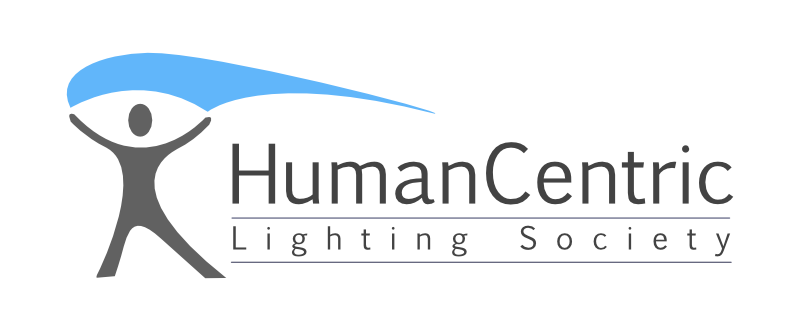David C. Holzman
David C. Holzman writes on science, medicine, energy, economics, and cars from Lexington and Wellfleet, Massachusetts. His work has appeared in Smithsonian, The Atlantic Monthly, and the Journal of the National Cancer Institute.
The irony of blue as an environmental agent is that before the industrial age, it was merely a color. The unnatural lighting conditions we created turned it into both a potential hazard and a treatment for the ailments it brought about. In addition to the traditional architectural values of visual comfort, aesthetics, and energy efficiency, Brainard says architectural lighting must be redesigned to account for its biological and behavioral impact on humans. “Ultimately that should improve people’s health and well-being in the built environment,” he says.
“Some people consider the progress in the field of light and health over the last couple of years as the most important light induced innovation since the invention of the light bulb,” says Kunz. “Fascinating times are ahead of light industry, clinical chronobiologists, and architects, to mention just a few. By optimizing lighting regimes we will be able to improve health, save energy, and improve learning and performance.”
